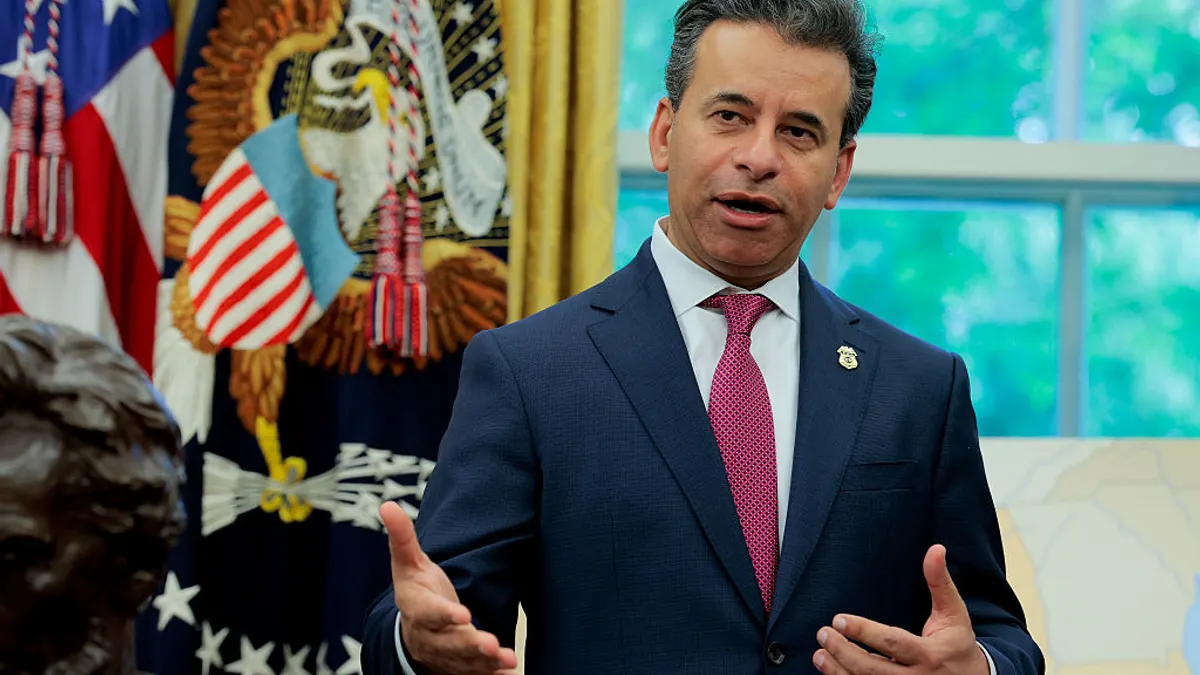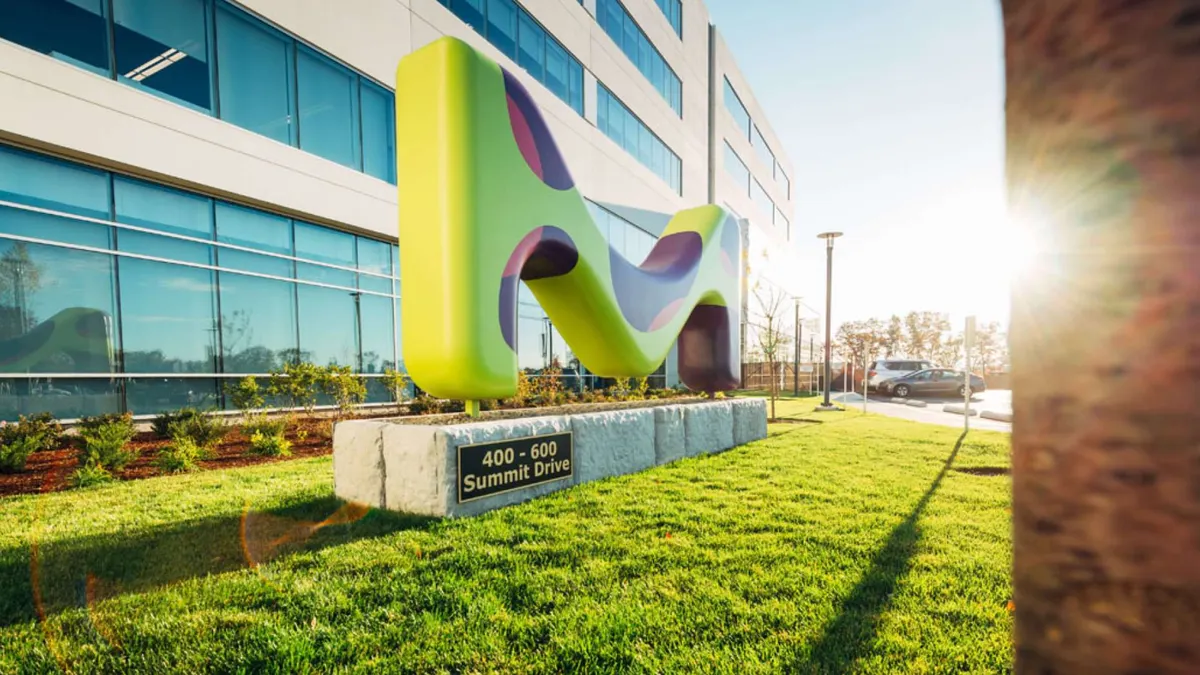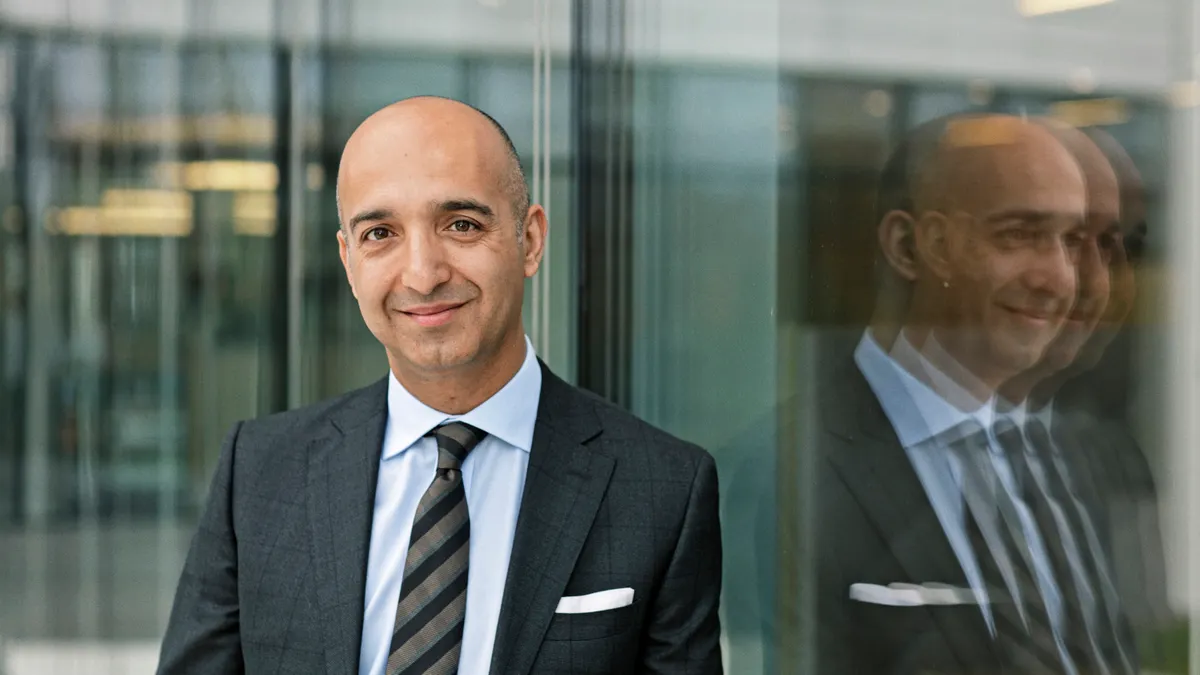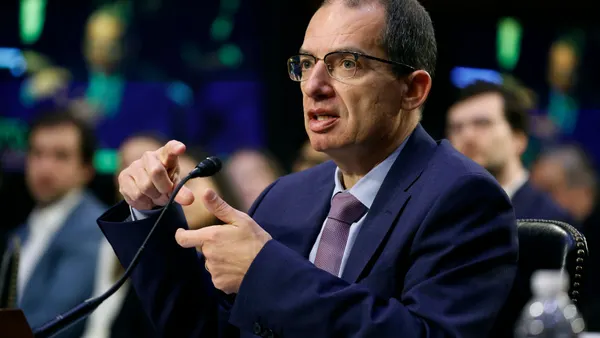As the Drug Information Association (DIA) approaches 60 years in business, the organization's new president and global chief executive, Marwan Fathallah, is expanding horizons — and he's starting with the acronym.

The "D" will now stand for a collective of drug, device, diagnostic and digital, and the "I" will indicate innovation, Fathallah said.
"I don't think there's any business organization out there that is driven to the total continuum of healthcare as much as DIA is," said Fathallah, who has been in the life sciences industry for three decades and run the gamut of executive roles in R&D, manufacturing, business development, regulatory quality and more. Most recently, Fathallah served as operating officer and executive vice president at Ortho Clinical Diagnostics before joining DIA in January.
At DIA’s annual meeting in Boston next week, Fathallah and his team plan to discuss how the industry can build bridges to the future of healthcare, gathering influential leaders from across the field to not just illustrate what patients need but how to get there. Fathallah says that he wants attendees to leave the conference feeling like they were "in the Olympics of science."
"It's a global event, where you are tackling bold topics and a variety of things on the cutting edge," Fathallah said. "And then also you're tackling what it takes to bring something from an innovative idea to something that will help somebody's well being."
Here, Fathallah talks about the role that DIA has played in the past, its plans for the future, challenges faced by the healthcare industry and why a broader approach for the organization is a recipe for success.
This interview has been edited for brevity and style.
PHARMAVOICE: What do you see as the current role of DIA? And what are the shortcomings where you see the most potential down the road?
MARWAN FATHALLAH: I see DIA as the connector — some folks use the term broker, and I would like to build on that. A lot of my career has been on the commercial side, but now the asset we want to cultivate is people: someone who is in school, then they graduate and join the industry and they grow their career to someday be influential and solve real problems. I feel DIA should be playing a role in that continuum, and that's an asset we need to cultivate. We're going to be upping our game quite a bit to reach out to the younger crowd.
And then there are the big, bold problems — I think DIA can bring all parties to the table in cancer, ALS and other big diseases worldwide. Because of our depth and appreciation of the problems we're tackling, we're unique in that we are the connectors. The fact that we're global and we cater across the continuum makes us unique. You'll see us partner with other associations, maybe do some mergers if need be. What will define us moving forward is how we stay relevant and build on that.
What have you learned in the last few months at DIA that you couldn't have learned prior to this position?
I've been fortunate to be on different sides of the equation — I've developed products, manufactured products, launched products, supported products, so I've gotten an appreciation for what patients are looking for. I've been fortunate to connect with regulators and policymakers and understand how to create a market, recognizing that partners at the table can be more important and significant than the product itself. That has helped me understand what we're trying to do at DIA and how to attract all these parties. That is the anchor that I would build on.
You mentioned mergers as part of your expansion strategy. What kinds of deals would you be looking to make?
There are three imperatives for DIA. One is the continued investment in our foundation. The other is expanding our core set of products and services, and expanding in the Middle East, India, Korea, Australia, just as examples, where we've had a presence in the past but scaled back during the pandemic. So we've moved from hunkering down to accelerating growth.
The third imperative is new business opportunities. It could be as simple as perhaps finding synergies to develop something unique and help a partner expand their portfolio globally. We will soon announce a senior vice president of growth whose role will be focused on that strategy.
How do you work with other industry groups to fulfill the needs of the collective industry?
There are folks who are as motivated as we are and who have an objective not too far from ours to improve healthcare for everybody. My job as president is to reach out to my counterparts at other associations and connect (around) everyone's interest moving forward. There are some things we do better than others; there are other things that others do better than us. I've already gotten a number of leaders who have reached out to me and said, ‘Hey, let's sit down in DC over a cup of coffee and talk about how we all move forward.’ And DIA has the cachet and the legacy to make those connections.
At last year's annual meeting, there was a lot of talk about diversity. This being June, what are the more unique challenges of fostering diversity in terms of the LGBTQ+ community in particular?
For me, a patient is a patient. I look at it as an opportunity to be totally inclusive. The world is clearly changing, and we wouldn't even have talked about these terms however many years ago. Inclusiveness means positive results for everybody as a human being no matter where you are in the world, what background, what ethnicity, what orientation. And we as an association embrace all because at the end of the day, there's a patient waiting.
One of the things I believe in is walking the walk and talking the talk within our leadership team. It's an all-encompassing and all-embracing mindset.
How does DIA embrace the benefits and risks of technologies like AI that are playing a role now and will into the future?
More and more you're seeing news about how AI is being used for things like breast cancer screening and narrowing down the therapeutic potential in drug development. That has really made a big difference. The flip side is it can also be misused, and a topic that has been very loud and clear with regulators is trying to figure out how to regulate AI without stripping the innovation out of it. It's something that we are discussing with regulators worldwide, and they're accelerating how they can partner with industry and developers to unleash its potential for growth.
What would you say is the biggest challenge facing the biopharma industry?
I'd say the pace of innovation — during the pandemic, we enjoyed a ramped-up approval process, and folks got used to an accelerated pathway. But that was an exceptional situation. But now we've got AI and all these amazing therapies the industry is coming out with, and the pace that's happening is very exciting but it's a little bit overwhelming. And the hope is that, given some time, everybody will get their rhythm, and this will all be in the interest of the patients. We want to be part of that equation.





















